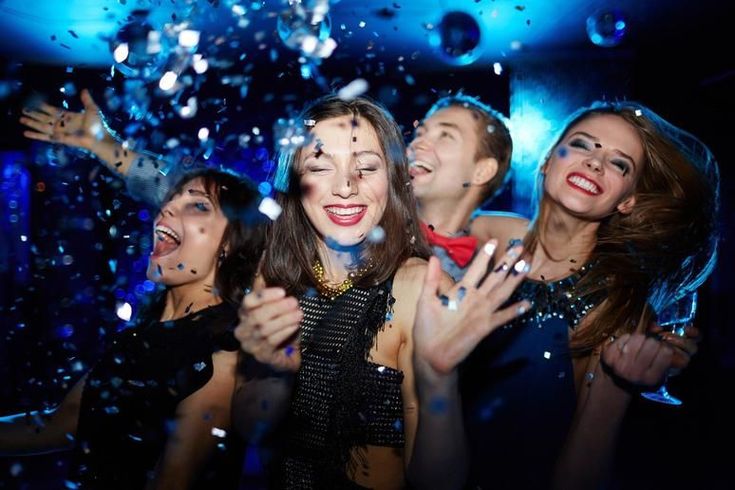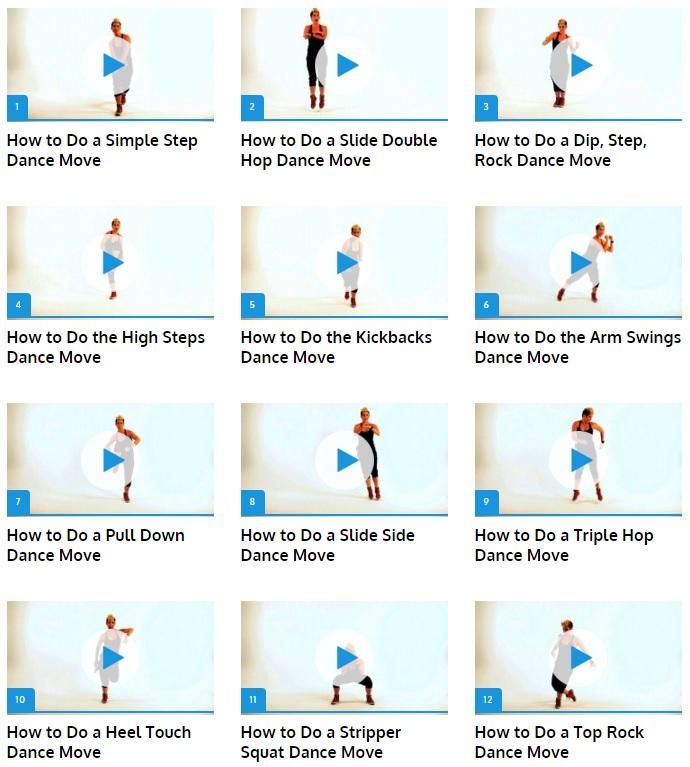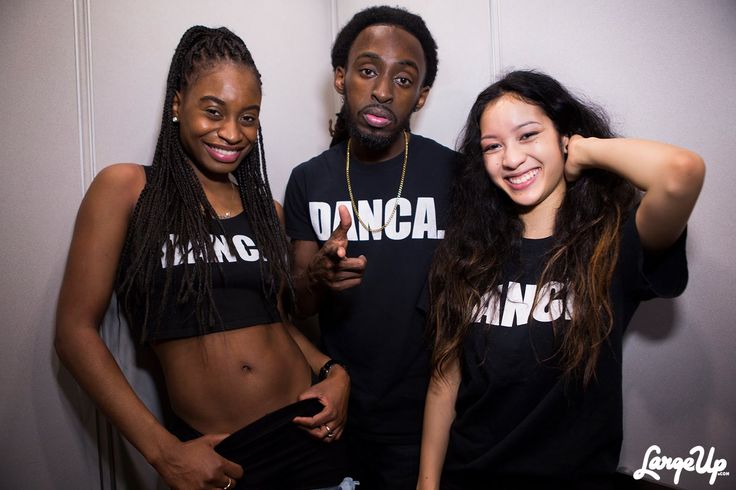How to get better at spotting in dance
Spotting 101: Help Your Students Master This Turning Essential
Spotting 101: Help Your Students Master This Turning Essential
Even before 19th century Italian ballerina Pierina Legnani first performed the feat of 32 consecutive fouettés, dancers have known that “spotting”—or whipping the head quickly around during a turn so that the eyes remain focused in the same location—is an essential part of multiple turns.
Spotting keeps a dancer from becoming dizzy during pirouettes, and it also gives turns a certain aesthetic sharpness. Dancers use spotting as a way to balance themselves and keep track of where the body is in space. Most dancers learn to spot when they first learn to execute pirouettes, but there are a few specific points that can improve even an advanced dancer’s spotting technique. Here are some tips from the experts to help you teach better turns.
Focus
Vaganova-trained choreographer and teacher Nikolai Kabaniaev stresses that students should focus their eyes when spotting, picking an object on which to concentrate and coming back to it during each revolution. “The entire time, students should really see what is in front of them,” he says. Teaching your students to maintain a specific focus will help them orient themselves and improve balance.
Many dancers like to spot their own image in the mirror, but they should be reminded that during a performance, they will need to find other objects on which to focus. It’s helpful to have your students practice by picking out specific items to spot, even when working in a mirrored classroom.
Maintain Alignment
According to Dr. Kenneth Laws, professor emeritus of physics at Dickinson College and author of Physics and the Art of Dance, many dancers misguidedly believe that spotting provides the impetus for turning. However, even though it may feel as though whipping the head around one last time helps eke out a final rotation, it is not physically possible for spotting to create enough force for an extra turn.
“In a correct pirouette, you don’t move your head from the axis of rotation,” Laws explains. “And there’s not much you can do to change the rotational momentum or speed with just your head, if it’s properly aligned.” Although students should relax their necks during a turn so that they have the maximum range of motion from side to side, allowing the head to dip and swoop does not add any momentum to the turn. It’s important to correct students who try to “nod” their way into one last pirouette.
Jorge Esquivel, former principal dancer with the Ballet Nacional de Cuba and now a teacher at San Francisco Ballet School, tells dancers to choose a focal point that keeps the eyes high, so that the neck is lengthened and straight. If the eyes are cast slightly downward, he says, the head has a tendency to droop forward slightly, throwing off the axis of rotation.
Let the Spot Lead
Esquivel explains that most students do not allow the spot to “lead” the turn; they tend to leave the head behind too long at the start of each revolution.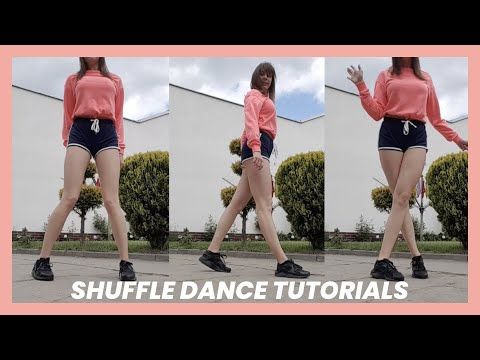 “The turn of the head must not be delayed,” he emphasizes. “There must be a strong accent of the head, an attack. Get your dancers to find the spot fast!” If the head stays too long before whipping around, as Esquivel shows by leaving his head until his chin is nearly in line with his shoulder, the neck muscles begin to pull the head back slightly. By attacking the spot, the dancer can more easily keep her vertebrae in line.
“The turn of the head must not be delayed,” he emphasizes. “There must be a strong accent of the head, an attack. Get your dancers to find the spot fast!” If the head stays too long before whipping around, as Esquivel shows by leaving his head until his chin is nearly in line with his shoulder, the neck muscles begin to pull the head back slightly. By attacking the spot, the dancer can more easily keep her vertebrae in line.
If a student’s spot seems slow, Kabaniaev suggests the following exercise: Have the student stand on two feet with the arms in front as if she were executing a pirouette. Then ask her to perform three or four turns by taking small steps, concentrating solely on the technique of spotting as she does so, to build correct muscle memory. “You can start with a slower speed and then go faster as the coordination improves,” says Kabaniaev.
Keep the Rhythm
“It is important for students to use the spot to keep the rhythm of the turn,” Esquivel says.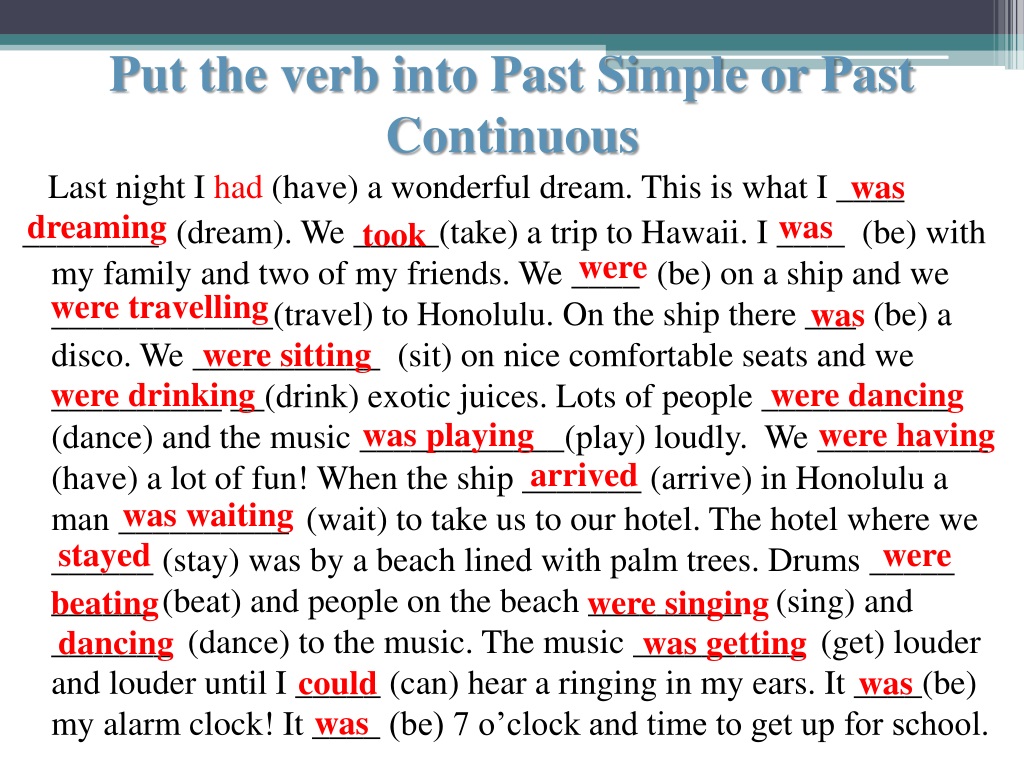 Have your students coordinate their spots with musical beats, if possible, so that their turns begin and end in time with the music.
Have your students coordinate their spots with musical beats, if possible, so that their turns begin and end in time with the music.
Esquivel advises teachers to help students choose the pacing of the spot to suit the number of pirouettes. “The spot for one or two pirouettes is very different from the spot for five or six pirouettes,” he says. “It varies from student to student, but the dancer must know beforehand the right rhythm and the exact amount of force needed to fit either the slower pirouette or the faster pirouette.” Helping your students find that perfect amount of force will allow them to execute multiple turns cleanly and musically.
Three fun exercises for Spotting with Kristin McQuaid
Hollywood Connection Dance Convention and Competition Faculty and Judge Kristin McQuaid shares three fun exercises for SPOTTING!
CONNECT WITH KRISTIN
Facebook: Kristin McQuaid
Instagram: Kristin_McQuaid
Twitter: Kristin_McQuaid
Website: www. kristinmcquaid.com
kristinmcquaid.com
Reverse Counting
5, 4, 3, 2, 1. I am a firm believer that turning is a mind game and dancers tend to get frustrated or even scared about turning multiple times. The brain often thinks the more we do, the harder it is. I have found reverse counting has helped dancers to not think about the amount of turns, but focus on elements like spotting, pulling up, straightening the supporting leg, etc.
Next time, try counting backward from 5 and see what happens!
Partner-hand-counting
This has to be my favorite! You can either do this with your student or they can find a partner in the class. Partner A will be in front of partner B. Partner A will go on their knees, sitting up, and extend their arm up to sky so their hand is eye level to Partner B’s eyes. Partner B will take a preparation on the count of 7-8 and then a double pirouette on counts 1-2. Partner A will then flash two numbers on the hand that is up in the air on the counts of 1-2.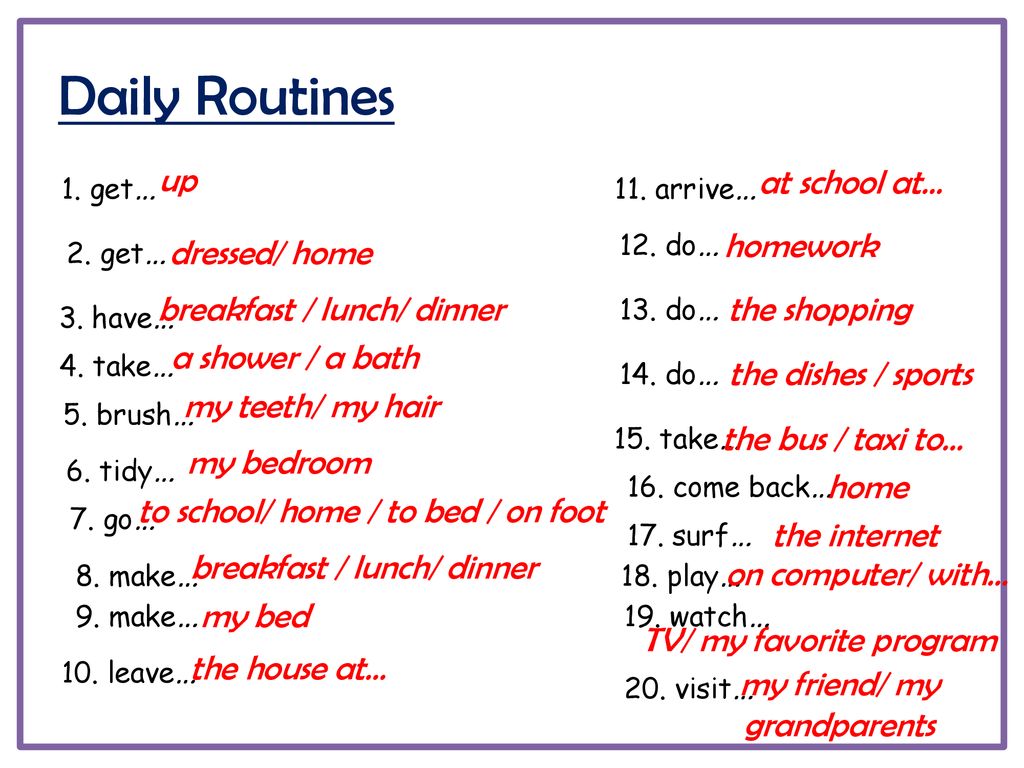 It is Partner B’s job to guess what numbers they saw while spotting. If you want to work on triple pirouette’s then Partner A would flash three numbers and so on. You will see their spot become so clear and crisp because they need laser focus to see those numbers.
It is Partner B’s job to guess what numbers they saw while spotting. If you want to work on triple pirouette’s then Partner A would flash three numbers and so on. You will see their spot become so clear and crisp because they need laser focus to see those numbers.
This will not help their spot overnight, however, the more you do this exercise, the better. The dancers also think it’s FUN!
Trim the Paper
You will need two neon color, legal size pieces of paper per dancer in the class for this exercise. Have the dancers line up across the room facing the mirror, take one piece of paper and tape it to the mirror right to their eye line. Starting on either side, you will ball change on the counts 7-8, working on doubles first (even for advanced) pirouette on 1-2 spotting the piece of paper on the mirror. You will let them try this three times. Then cut that piece of paper in half. Repeat the process. Again, cut that piece of paper in half and repeat. You will cut until till the piece of paper is the size of a pea.
Explain to the dancers that this is how detailed and focused the spot has to be. Redirect them to a smaller target instead of “this wall” or “that poster”. This exercise is very helpful for the advanced dancers when they start changing spots during turns.
Spotting on Stage
Just a small side note that I find helps dancers: It is the dancers job when to spot during their preparation for the turn. They cannot wait till the actual turn itself, it’s too late. To prep your dancers for this, I would have them face all different parts of the room, not just mirror, when they practice.
More Dance Content HERE →
7 ways to improve your connection while dancing: zoukability — LiveJournal
7 ways to improve your connection while dancingPosted by Gaëlle Céline Le Vu, France
Original: https://zouksidedown.wordpress.com/2014/03/21/ 7-ways-to-improve-your-connection-while-dancing/
The article is a logical continuation of the previous one: What does your very first movement in a dance with a girl say about .
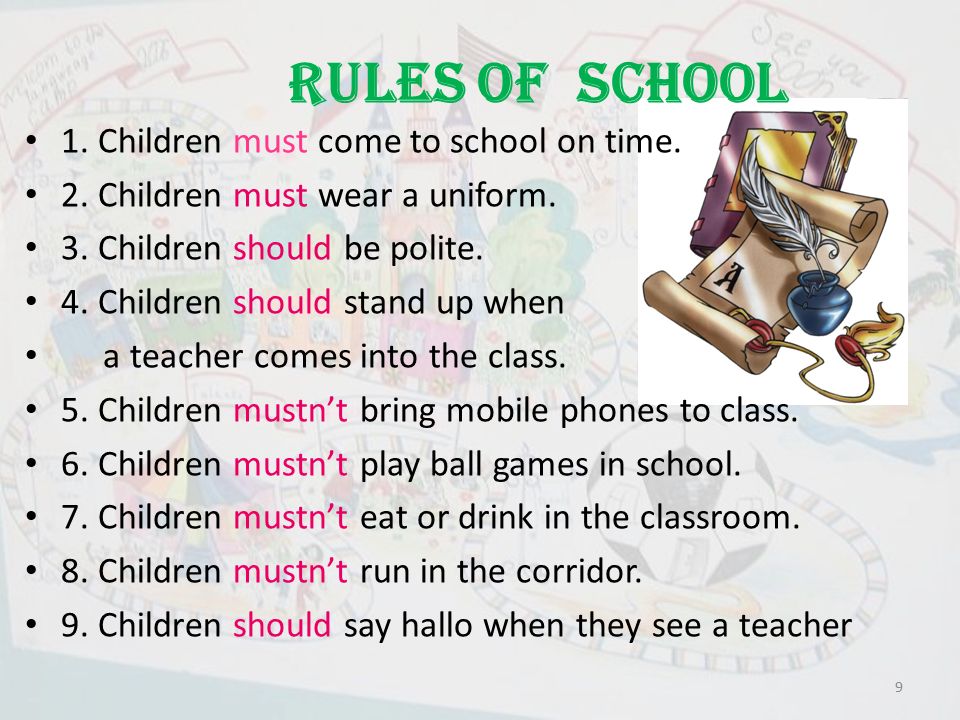 ..
.. "Connection" - connection, connection, clutch.
Connection in a dance context - such mutual understanding in a pair, when the partners seem to be connected with each other, are completely synchronized , they clearly feel the leading-following of each other and represent a single whole. I cannot find the same capacious and harmonious analogue of the word connection in Russian, so I will use the English version. The concepts of "contact" and "relationship" are closest, but they are not quite the same thing.
A dance without a connection is not a complete dance. One or both partners are immersed in themselves, focused on the mechanical execution of movements, do not feel their partner, use him as a simulator for working out ligaments. The dancers hold hands but they not together with . The ability to make many complex connections, even if they are technically perfect and you are a teacher in general (and suddenly) - does not affect the quality of the connection in your dance in any way;)
The topic is especially relevant, painful and suffered by me as a partner.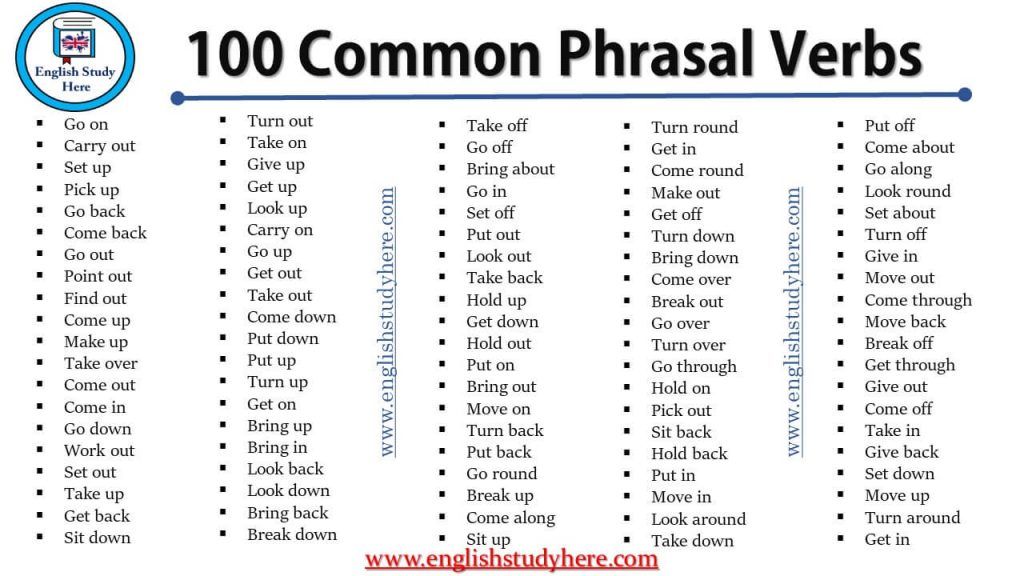 You can live in peace and enjoy your role as a simulator and a moving mass, if you have never met this connection. But one day you will come across a partner with whom you will feel like you are somewhere in space, you want to dissolve in this dance. And your world will never be the same again. You'll understand what I'm talking about when it happens.
You can live in peace and enjoy your role as a simulator and a moving mass, if you have never met this connection. But one day you will come across a partner with whom you will feel like you are somewhere in space, you want to dissolve in this dance. And your world will never be the same again. You'll understand what I'm talking about when it happens.
There is a lot of text ahead, but if you read everything carefully, think it over and start using it, then there will be a lot more happy smiles on the dance floor, believe me! I encourage affiliates to bookmark this article and re-read it periodically.
Ready? Go!
________________________________________
"The best thing about a hug is the charm of eternity in a couple of seconds. It's magic that allows two people to ascend to heaven in an instant."
(Anna Giacomo)
The first article talked about the benefits of hugging, building and maintaining contact in dance. But it's not always so easy: you may not quite understand how to achieve this, even if you really want to.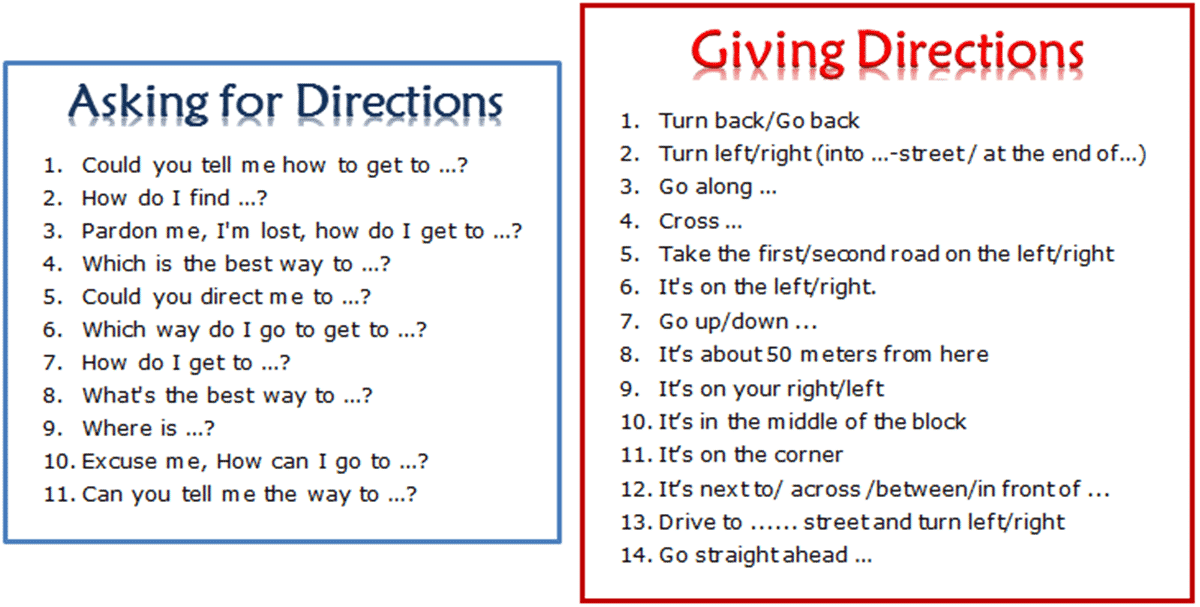 In this article, we will look at several ways to improve the connection.
In this article, we will look at several ways to improve the connection.
1. Feel. Enjoy the moment.
Don't let the hug be purely mechanical: don't automatically put your hands on your partner while you look around and think about the next move. Enjoy this moment, close your eyes (while you are standing still, it is not necessary to check what is happening around). Relax, open up to your partner, let her relax with you. Be attentive to her. Maybe she smells like sweet perfume, or maybe she's sweating a little. Or she gets nervous and thanks god just for that0008 , you have time to be with her before the dance begins. Maybe she's excited and looking forward to having a great time. Maybe you can hear how fast her heart is beating. Perhaps she is too tense: she is tired, which means that your dance should be easy, or is she just nervous and you will help her relax? Pay attention to these details, they can be seen. Be here and now. Your partner will know if you are not with her .
2. Relax.
Guys... I often hear some of you say things like "but she doesn't want to cuddle" or "she doesn't want to wait." Who is leading here? I thought it was you?..
This is the first moment. YOU are leading. This means that most of the decisions here are made by you. This does not mean that you should try to get your partner to do what she cannot do, or lead to something unnatural with her body movements, or try to perform with her the very movement that you so badly want to work out. This means that you must be attentive to her, see what is needed, and based on this, you begin to lead and show that you are here now for her.
If you feel that your partner is walking without guidance, which is typical of many beginners, think about it: why is that? I'm sure it's often because she's nervous. An experienced partner knows how to wait for the lead, but it takes time to learn this, it's not as easy as it seems.
If you feel that your partner is not waiting for you, gently make her wait . If you see her in a hurry, slow her down . Create gentle tension in your hands, and if you really need to stop her now, you can gently press your palms or thumbs into her hands. In most cases, there is no need to use them, and therefore, when you do, your partner will feel it and will be more attentive to you. Don't follow her lead! I'm serious.
If you see her in a hurry, slow her down . Create gentle tension in your hands, and if you really need to stop her now, you can gently press your palms or thumbs into her hands. In most cases, there is no need to use them, and therefore, when you do, your partner will feel it and will be more attentive to you. Don't follow her lead! I'm serious.
Second moment. Whatever you do, your partner will try to mirror you . If you see that she is nervous and in a hurry, and you begin to hurry along with her (because sometimes you start mirroring us too), what good will come of it? On the contrary, why not force her to be attentive to you in the same way that you are attentive to her. Give her undivided attention, and then she will begin to relax and trust you => and be better behaved. Do not think that the partner does not want to lead. Once again, in order for her to feel led and patiently follow, she first needs to relax. So, if you are unable to help her relax, she will not melt in your hands and will not behave as well as she could. If you don't show that you are there for her, she will go "somewhere else" and it will show up in your dance. The dance will look and feel disjointed.
If you don't show that you are there for her, she will go "somewhere else" and it will show up in your dance. The dance will look and feel disjointed.
But before you can help your partner relax, you must also relax yourself. Relax your shoulders, remove tension from your neck, the girl will feel it, and then both of you will be able to feel the connection better. (Eventually, she wraps her left arm around you as you dance into a close embrace, she feels ALL of your tension.)
To recap. Relax yourself first. The partner will feel it and will also relax.
3. Touch heads.
This is optional, but a very good tool. Some partners may not want this kind of closeness with you, some of you may be too sweaty, or your shyness gets in the way. But let's assume the conditions are ideal. Use it as much as you like!
The simplest position is the close hug, but other variations can be used. For example, if you turned your partner and stand behind her, then it can be very pleasant for her to feel the touch of your head.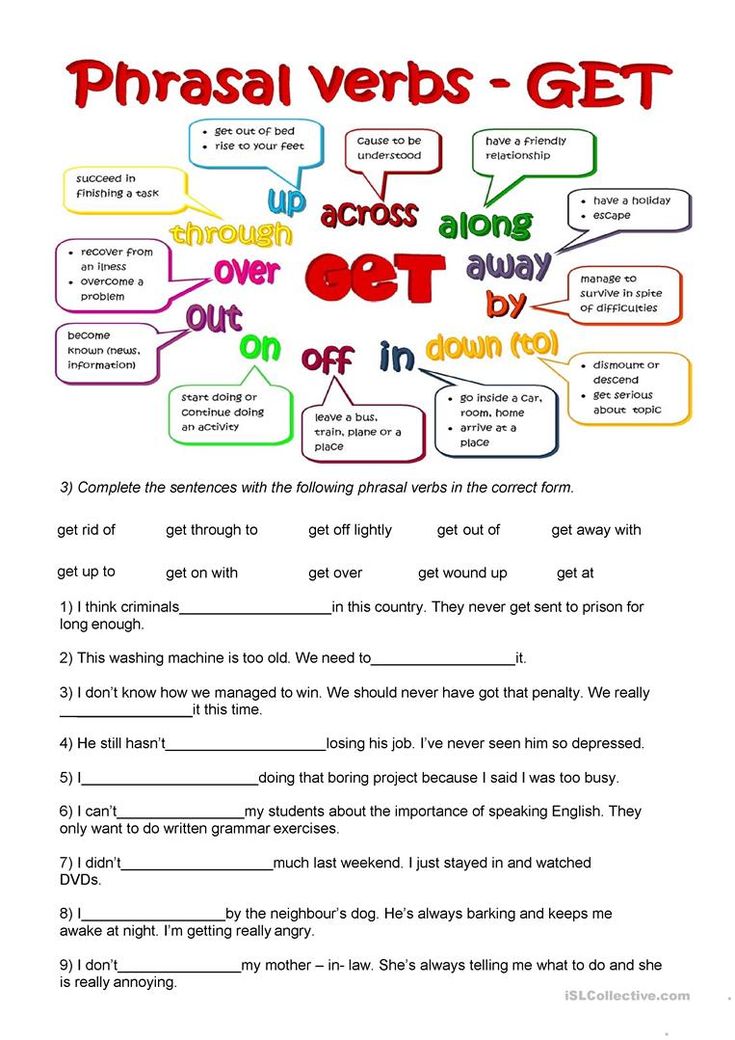 You will feel more attentive to her, and she ... Believe me, she will be very good! But don't forget to feel it. Don't do these things because you have to. Relax and enjoy them.
You will feel more attentive to her, and she ... Believe me, she will be very good! But don't forget to feel it. Don't do these things because you have to. Relax and enjoy them.
In general, think about when you can use it and use it whenever possible.
4. Look at her. Or her movements.
Vision is a very important sense for a person. Let's use it!
From both a practical and an artistic point of view, it will be very good and beautiful if you look at the movements that you create. You can look directly at your partner, but if you stare completely intently, then this is somehow not very good. Not looking at her at all is also unpleasant and strange. But you definitely can't go wrong if you look at the moves you're leading. Why? Because you are constantly following her with your eyes, but at the same time you are not trying to aggressively look into her soul, if you know what I mean. Are you doing a simple laterao? Engage your chest and head, let them follow your arms.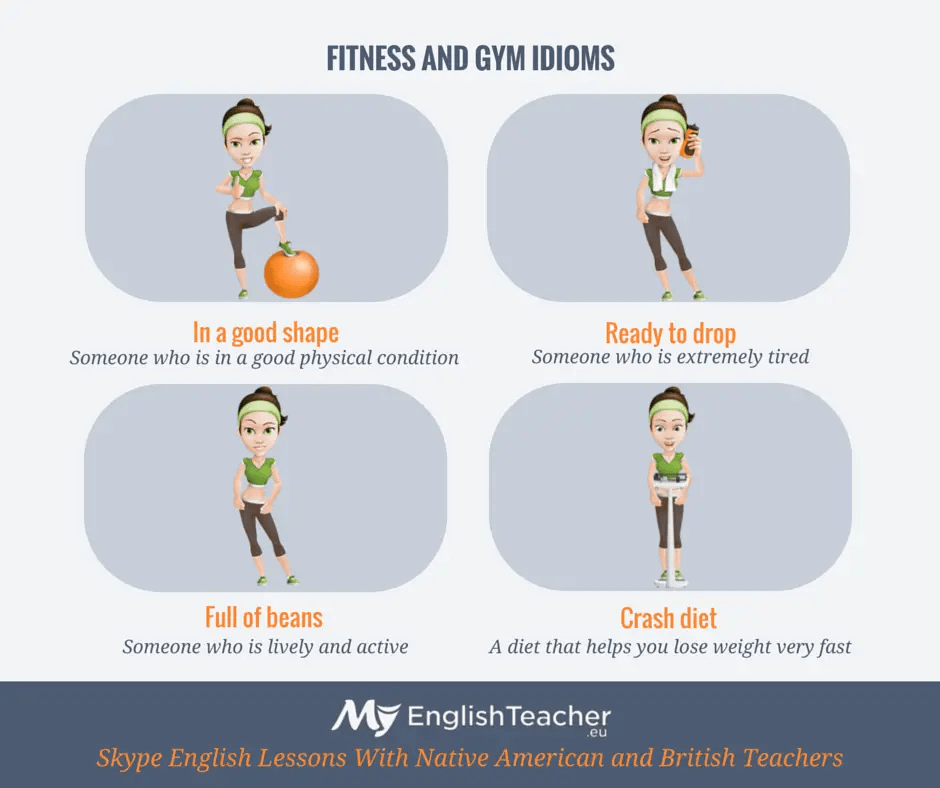 Do you lead to headwork? Follow these movements with your eyes and head, then you can connect your shoulders. Add more life to your body, accompany your partner's movements with your body. The girl will see it, at least feel it. This will greatly enrich your dance and add depth to it. Just think about what you are focusing on.
Do you lead to headwork? Follow these movements with your eyes and head, then you can connect your shoulders. Add more life to your body, accompany your partner's movements with your body. The girl will see it, at least feel it. This will greatly enrich your dance and add depth to it. Just think about what you are focusing on.
If you look somewhere else and at other couples, it looks like your insecurity (and this will negatively affect the connection, you are the host), or even as rudeness if things are really bad. Most likely, the partner will think that you are too shy and will try to understand you. Be careful with the image you create. Just focusing on the right things will already give you a huge advantage and make you feel better.
!!! This does not mean that you should not watch where you are going.
If you want to lead to a movement that involves moving in space or amplitude work with the partner's body, first look, WHERE you will lead her, and then lead . This way you will avoid clashes with other couples and add some style to your dance, because. your gaze will predict the next move.
This way you will avoid clashes with other couples and add some style to your dance, because. your gaze will predict the next move.
Remark: very often the partners do not take into account the amplitude of the lady's head movement on headwork, different rotations, etc. Even if the partner stands with her feet in one place, the amplitude of movement of the upper part of her body can be greater! It is very unpleasant in rotation to crash your head into another pair.
5. Vary the tempo.
Yes, girls are sometimes too demanding, and learning to lead can be difficult. But if you practice, it will get better and easier.
One of the things girls go crazy over is musicality, or let's call it changes in speed for now. From simple, you can lead to some movement and in the process change its speed. It works with anything, anywhere, anytime.
The easiest way to use it is when driving. It doesn't matter if you are opposite, or to the side of your partner, or behind - imagine that you are taking her for a walk.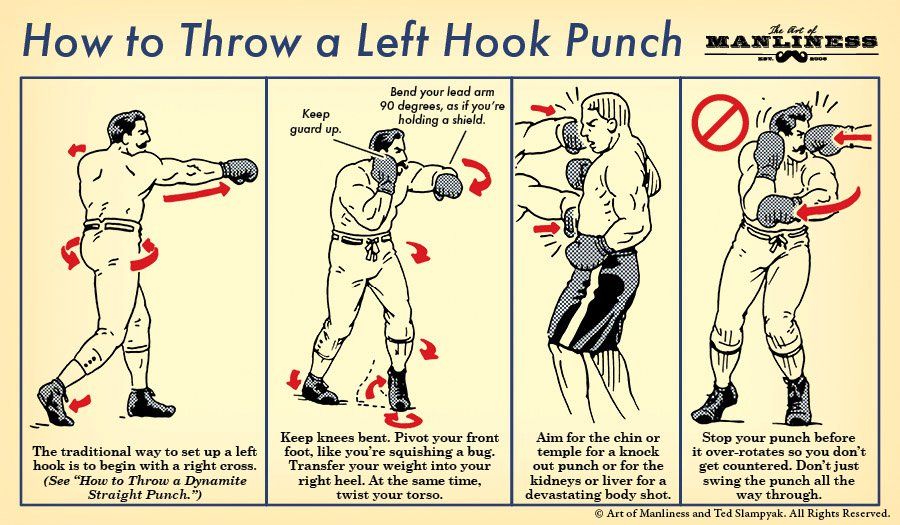 Listen to music. If you hear a fast succession of accents or a melody build up in speed, why not speed up your walk? If the speed of the music is the same, then you can go at a steady pace, or play around and change the speed as you like. Why not? If the music slows down and you are walking at a normal speed, don't get hung up on the 1-2-3 count, you can use slow and the second quick, and skip the first one (tum chik chik). Or you can slow down even more and use only the slow beat (tum chik chik) Everything is possible.
Listen to music. If you hear a fast succession of accents or a melody build up in speed, why not speed up your walk? If the speed of the music is the same, then you can go at a steady pace, or play around and change the speed as you like. Why not? If the music slows down and you are walking at a normal speed, don't get hung up on the 1-2-3 count, you can use slow and the second quick, and skip the first one (tum chik chik). Or you can slow down even more and use only the slow beat (tum chik chik) Everything is possible.
Just add variety to your movements, don't dance at the same pace all the time, play with the music. Play with your partner. With great probability, this will increase her attentiveness, she will have to become more attentive to you, and the connection will become better.
6. Keep in touch.
One of the main rules of a good connection is to keep in touch. Have you ever had a professional massage? Have you noticed that the massage therapist constantly keeps in touch with you? Even if he needs to take oil or something else, he tries to keep contact with you with one hand.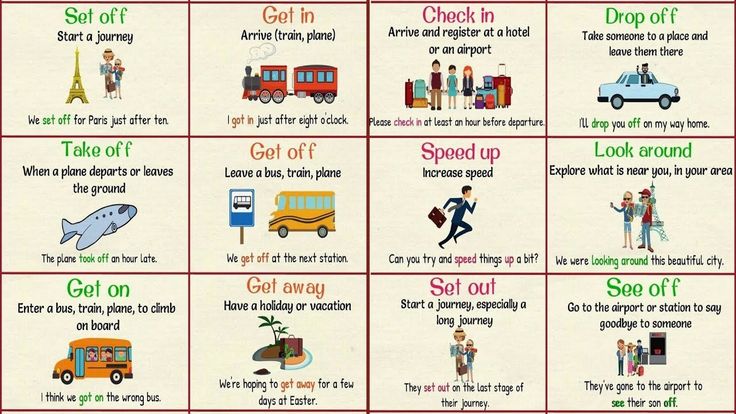
If you lose contact, you need to rebuild it. And if the connection was not very good, then you run the risk of destroying everything that you have just achieved. One of the easiest ways to maintain contact is to place your right hand on your partner's back as she makes a simple turn and now has her back to you. This is not just a rule of "good technique", it allows the partner to feel you and understand where you are. She will know that you are still here.
If you follow this simple rule well, your partner will be more comfortable and trust you more. Naturally, she will not be able to explain why she felt this way, she will remember the dance as "it was very nice." But you know ;)
It's the little things that make for a great connection, and therefore a great dance.
7. Waves and other bodywork .
Last but not least. In a conversation on this topic, I cannot but mention the waves.
There are very, very many options for the execution of waves, you can write a separate article about this. But within the topic of connection, distance and tone are of key importance.
But within the topic of connection, distance and tone are of key importance.
Partners:
Pay close attention to your partner's hand on your back. Do not arch your back, do not try to go to your partner if he is not leading. He will lead, not you. Be sure to pay attention to this moment. Most likely you think that this does not apply to you, but my experience of conducting for a partner shows that 80% of girls do not feel and do not understand my hand on their back. Each time I have to explain that I need to lightly press my back into my hand , and then I can feel the connection. Focus on your back, feel your partner's hand. If the hand moves away, then you follow it! Once you work on this, you will be much better behaved. Just give light pressure to your partner's hand and let him decide when to start and end the movement, when to slow it down, etc.
For partners:
Keep a good frame, put your right shoulder and arm in place.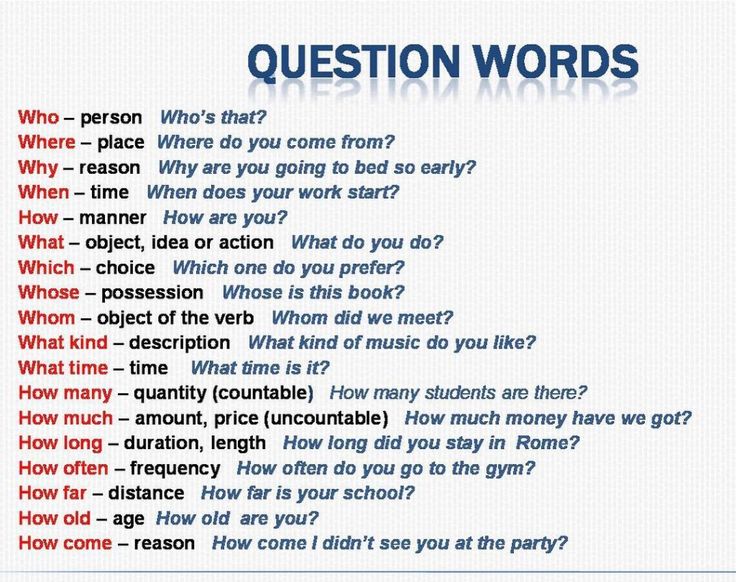 Don't twitch violently, it won't help. Stand straight, your chest is the basis on which the girl will make a wave. You can also make a small wave with her, but don't make it stronger than your partner, it looks very strange.
Don't twitch violently, it won't help. Stand straight, your chest is the basis on which the girl will make a wave. You can also make a small wave with her, but don't make it stronger than your partner, it looks very strange.
What is the meaning of the wave? For me personally, a good wave represents good contact and tone. By tone in this case, I mean contraction (abdominal contraction) and the work of the back muscles. When you start the wave, bring your chest and ribs forward and up a little, then your belly, then your hips. When your movement takes the form of a serpentine, the energy decreases and you return to the starting position.
If the dancers do it right, I guarantee you a very pleasant wave)
Quick reminder
Feel and have fun. Relax. Feel free to touch heads while dancing, it's a useful tool. Give your partner all your attention, look at her and at the movements that you create. Change the pace to keep the her attention.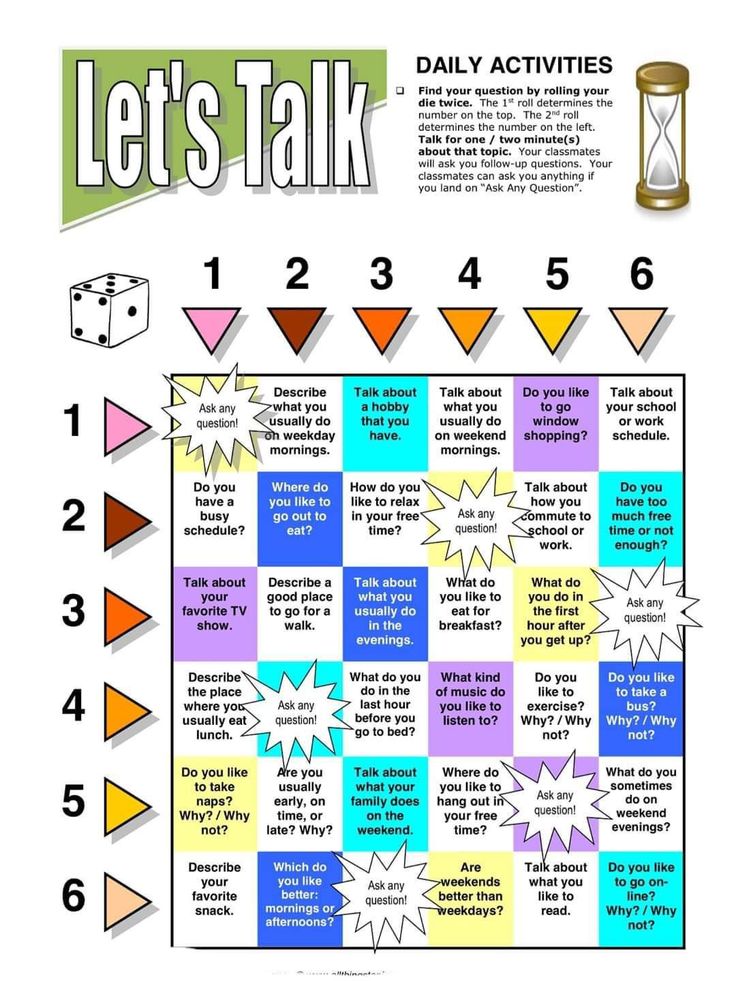 Keep almost constant contact with her. Use waves and body work.
Keep almost constant contact with her. Use waves and body work.
And at the end of this article is a demo of Freddy and Andressa, in which they use a wide range of possibilities of close embrace in dance. If, after all that has been written, you still do not quite understand what a connection is, then here it is in front of you.
You can follow the announcements of new articles through the VK group: https://vk.com/zoukability
Sky.. plane.. spotters! Spotting World Guide: uacrussia — LiveJournal
*Alexander Shukhov, 22 years old, MAI student, has been filming since 2010.
**Mikhail Polyakov, 20, has been filming since 2013.
About me
- Tell us, how did you get interested in aviation photography?
M.P. I live in the city of Zhukovsky - in the science city, one might say, the alma mater of our aviation industry. Since childhood, I have been immersed in aviation. The roar of aircraft engines echoes in my chest to the very bones, aviation is my life.
Once, when I was 17 years old, I decided to see what was happening at the airport on weekdays. And "stayed" there for a long time. Behind the fence was a special world, completely different from the one that surrounded me before. One day I brought a friend with cameras, and that's how it all started...
A.Sh. I have a similar story, I also live near the Chkalovsky airfield. About eight years ago, while still a schoolboy, my best friend and I decided to look there after school. Aircraft flights left an indelible impression. We started going there more and more often. And then we learned that, it turns out, you can not only see the planes off with your eyes, but also take pictures.
- What do you do besides spotting?
A.Sh. At the moment I just take pictures, play in a rock band, am fond of guns and shooting, and also love to travel. At one time he was engaged in ballroom dancing and horseback riding.
L.P. With my friend, also a spotter, Danila Bashkirov, not so long ago we opened our own aviation store, since there are more than enough photographic materials. In my free time I go in for sports, I like to go with a tent. This year, for example, we pitched a tent with friends for a week near the Dyagilevo airfield near Ryazan, just during the Aviadarts. Romance, airplanes!
In my free time I go in for sports, I like to go with a tent. This year, for example, we pitched a tent with friends for a week near the Dyagilevo airfield near Ryazan, just during the Aviadarts. Romance, airplanes!
What do your friends and family say about your hobby? How much time does this activity take?
A.Sh. At first some people don't understand and say “Do you really take pictures of airplanes? What for? What is so beautiful about them?”, but then they see my pictures and say “Wow, how cool!”.
MP Well, I personally have a very modest attitude to this hobby, I think that a successful shot is largely an accident. The task of the photographer is to choose the right composition, shooting parameters, and the weather, the flight path and so on are factors that cannot be foreseen. Many people like my work, for me it is very important.
A.Sh. When it comes to time, it's always different. It happens that you spend a couple of hours spotting, and it happens that for the whole day.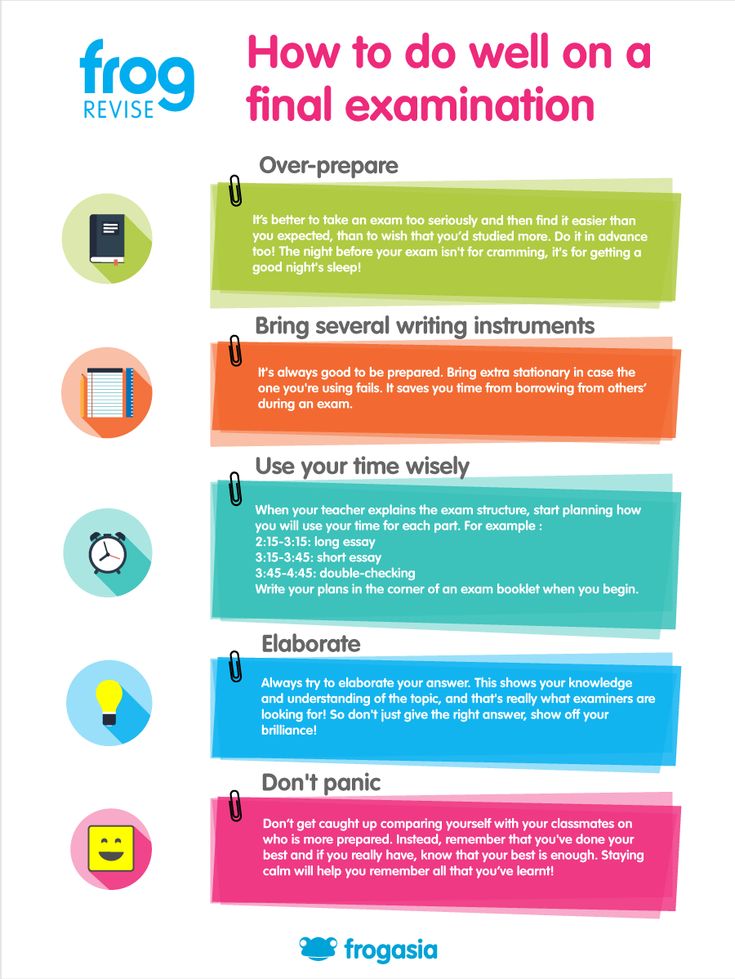 I remember how in the summer we went to the airfield at 10 am and returned at 11 am - the pleasure from such spotting is much greater than from short-term ones. For me, this is not only shots, it is also communication with friends, emotions, moments, movement.
I remember how in the summer we went to the airfield at 10 am and returned at 11 am - the pleasure from such spotting is much greater than from short-term ones. For me, this is not only shots, it is also communication with friends, emotions, moments, movement.
MP I agree with Sasha. Then all the footage still needs to be processed. And it's also very exciting.
What kind of aircraft do you dream of renting?
A.Sh. Every spotter's dream is to shoot the An-225 Mria, the largest aircraft in the world.
MP I would also like to rent this plane. Sometimes it's even hard to imagine how such a machine can fly...
Have you filmed ait-to-air?
A.Sh. I first tried to shoot from the air at the Victory Parade in 2012, then a couple of times I flew on Il-78 tankers. To be honest, I liked shooting air-to-air planes more than helicopters. When a person sees an IL-76 in front of him, he admires its size and power. Now imagine that you are inside this colossus, and nearby, about seventy meters away, exactly the same plane gracefully floats through the clouds.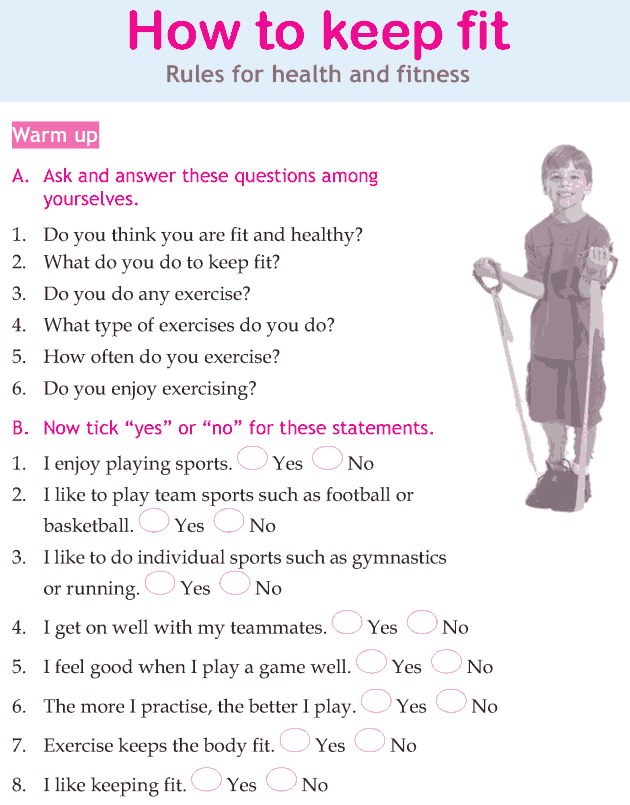 Such a spectacle is simply mesmerizing and takes you to a magical world.
Such a spectacle is simply mesmerizing and takes you to a magical world.
Which of the aviation photographers or just photographers is your standard?
A.Sh. I would like to single out such aerial photographers as Anton Kharisov, Vadim Savitsky, Sergey Ablogin, Alexander Beltyukov.
MP . And I really like the work of Sasha (Alexander Shukhov) and Artem Anikeev.
Have you won awards in photo contests?
A.Sh. Despite the fact that aviation photography is not very popular among most photographers, it was still possible to win several student competitions and even photography competitions from the UAC. But the most significant at the moment was winning the photo contest, which was organized by the New Defense Order magazine: after the victory, I was offered cooperation, so now I am happy to shoot reports on various military topics, including aviation.
About spotting:
Who are spotters?
A. Sh. In the classical sense, a spotter is a person who records information about an aircraft: time and place of arrival, its tail number and airline affiliation. Often people go spotting with a notepad, pen and binoculars, taking pictures only to better see the number or just to confirm the arrival of a certain aircraft.
Sh. In the classical sense, a spotter is a person who records information about an aircraft: time and place of arrival, its tail number and airline affiliation. Often people go spotting with a notepad, pen and binoculars, taking pictures only to better see the number or just to confirm the arrival of a certain aircraft.
In Russia, the word "spotting" is associated exclusively with aviation photography. Probably because in many Russian airports, in order to reach a place from where a view of an object of interest opens (whether it be a runway, a parking lot, or even a banal glide path), you need to make a certain effort, make, so to speak, a small trip. After such a “journey”, you will hardly want to limit your spotting session to recordings only.
I would compare Russian spotters to wildlife photographers. Only "hunters" for wild animals need to be careful not to miss a rare shot, and spotters themselves need to keep their eyes open so that in some cases they do not fall into the hands of the Security Service or the patrol. ))
))
How to get into the spotter elite? Well, or to the spotter club?
A.Sh. In my opinion, membership in a certain club can be assigned to a spotter in accordance with the web resource where he uploads his pictures: if on LiveJournal, then a blogger, if on Instagram, then an instagrammer, and so on. On the other hand, if you picked up a soap box, took a couple of pictures and uploaded them to your VK page, then you are already a spotter. A person joins a spotter club when he starts to actively travel to the airport / airfield, slowly getting to know other spotters, everything is as usual, in principle.
We are told that they introduced "elites" - these are those who have connections in the aviation and military spheres. Thanks to this, they have access to closed screenings, new, unusual angles that are inaccessible to the wide mass of spotters.
MP In general, the "elitism" of the spotter is clearly visible at mass air shows: someone is allowed to park planes, someone is filming from the air, someone is taken to a media site and in a chalet, and someone is simply filming from the crowd.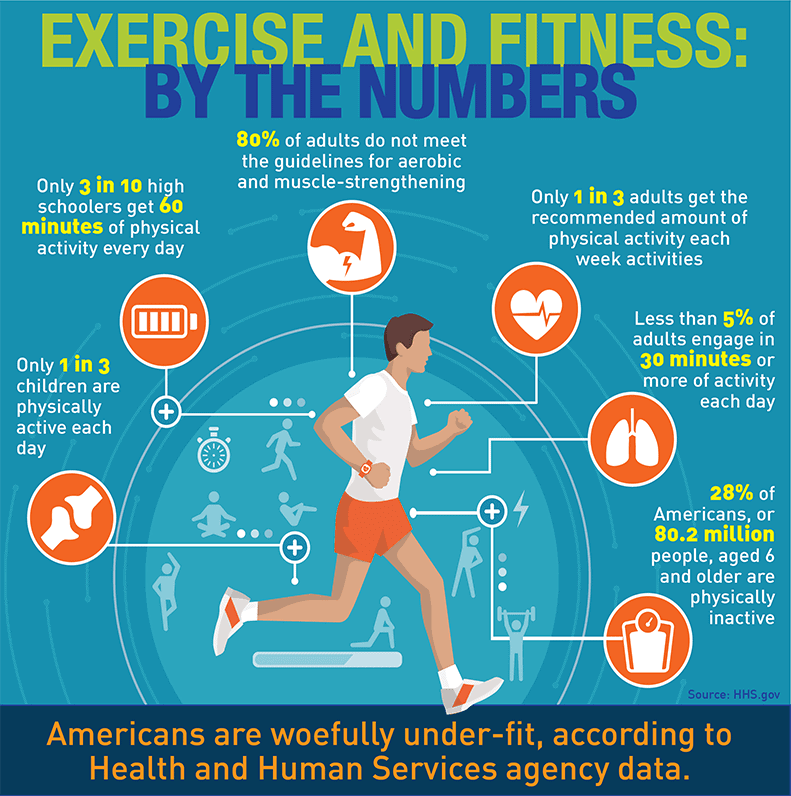
Why are spotting places classified, but everyone knows about them?))
M.P. Not classified, but simply passed on by word of mouth. For example, some spotter finds a convenient point for shooting, as we say, “under the fence”, and shares it only with his friends. If the place is successful, it gradually becomes more and more popular.
Why do spotters need removals, where did it come from?
A.Sh. For a spotter, a removal is akin to an “I love aviation!” badge. And also a memory - from spotting or some kind of aviation event, you can give them to friends and in the end just collect them. Now they sew all the colors of the rainbow in addition to the traditional red, add an image of an airplane or something on an aviation theme. In general, “Remove before flight” is a sign that is attached to covers from various aircraft sensors so that the aircraft technician will definitely see that the cover is still on and take it off before the aircraft takes off.
How do spotters know that there will be military flights?
M.P. More often they come without any information about flights - for good luck. But there are people "with connections" who can know in advance who will fly where. This, unfortunately, is not about us))
It happens that the Ministry of Defense organizes special events for the media and bloggers, then we receive data, so to speak, from official sources. I would also like to somehow get to an aviation event from the UAC.
Is it true that there are few girls among the spotters? Why?
A.Sh. Less than we would like.)) Many girls love aviation, go to air shows, but do not take a camera with them, even when they are good genre photographers. Plus, after all, girls are gentle creatures, they are unlikely to agree to stick around all day in the cold, walk a couple of kilometers through the mud, lie down in the bushes. It's like fishing for them, only more dynamic.
Does the sale of aerial photographs make money?
M.P. It all depends on the activity of a person: if he promotes his creativity, then aviation photography can bring good profit. If you just publish on the Internet, then your photos are rarely bought, more often just stolen. I came across the fact that the Russian publishing house removed my watermark on the photo and put it into circulation.
More honest foreigners in this regard. And they pay good money.
A.Sh. All this is sad. Copyright does not protect spotters.
What is the situation with spotting abroad? Are there familiar foreign spotters?
A.Sh. If we talk about Europe and America, then there, I must say, greenhouse conditions compared to Russia. Our main "barriers" are the accessibility of the point (dirt, swamps, fire, water and some copper pipes), and also, probably, the Soviet opinion that is still popular, that everything should be secret, even ridiculous. Every person with a camera near the airfield is definitely a spy.
In the West, everything is different: airports set up points for spotters, the police, even if they are on duty, treat them without aggression, official spottings are very often held, including at military bases. With the advent of Instagram, you can almost watch everything that happens "behind the fence" online. I have several familiar spotters, including those from America, we communicate, share shots - we are surprised at the specifics of our hobby in our countries.
Can a spotter be a spy?
MP I don't quite agree with Sasha - indeed, there are spies with cameras pretending to be spotters. Maybe the Security Council measures are not excessive.. But more often than not, ordinary photographers post photos on the Internet that are secret. I'm not sure that they have a goal - to declassify something, rather out of ignorance.
What is strictly forbidden to shoot the military?
A.Sh. The military do not allow their faces to be filmed, which, in principle, is understandable. There is a specific opinion of a special department regarding a particular object: do not remove parking lots, certain aircraft, weapons, warehouses, hangars, checkpoints, and so on. They are very sensitive to the photos of the cabins.
There is a specific opinion of a special department regarding a particular object: do not remove parking lots, certain aircraft, weapons, warehouses, hangars, checkpoints, and so on. They are very sensitive to the photos of the cabins.
Is it difficult to get permission from the military?
A.Sh. They love and trust familiar photographers, as a rule, they do not favor beginners.
Here, in my opinion, it is important to present yourself correctly at the stage of acquaintance, and with any officers: from simple technicians to superiors. And if you managed to build good relations and get permission, then you should not ruin it all, neglecting the instructions of the military in the shooting. For example, if the escorting officer says that you cannot shoot a certain aircraft or approach the runway closer, say, 50 meters, then it is better to obey these requirements. We all do our job.
Is it true that the security services are chasing you? What to do if you get caught?
MP If you're shooting planes at a secure facility, it's natural that the security services will, to put it mildly, not be thrilled. As for civilian airports, the SAB usually has claims only when the airport is expected to have an arrival or departure of some high-ranking officials. I have never been detained.))
As for civilian airports, the SAB usually has claims only when the airport is expected to have an arrival or departure of some high-ranking officials. I have never been detained.))
A.Sh. If you are still detained, it is better, of course, not to resist, drive yourself politely and calmly, try to explain and show the guards that you are not dangerous - sometimes this worked. In the very opposite case, a person is taken to the department of the Ministry of Internal Affairs or the commandant's office, where an explanatory conversation is held with him. Sometimes frames are deleted, and all of them, indiscriminately. This, of course, is sad, but what to do ...
What do you do with ticks and dogs “under the fence”?
M.P. Good question! Dress in appropriate clothing. In general, I do not advise you to go to shoot in shorts, T-shirts: you can not only catch a tick, but also get burned.
A dog is man's best friend. I love them and have never had any problems with them. On the contrary, most often they approach with curiosity, or ask for food. Carry sausage with you, spotters!
On the contrary, most often they approach with curiosity, or ask for food. Carry sausage with you, spotters!
A.Sh. And a mosquito spray.
Were there any funny incidents during spotting?
A.Sh. What is not spotting, then some kind of curiosity! In general, there was no special mysticism, but it was scary: while still being sixteen-year-old boys with a friend, after spotting, they ran into a strange uncle near the airfield. All in cuts, limping, under a degree - he rushed at us with a knife. We returned back through the ravine, you never know what..
M.P. Once my friend and I had to swim across a small river to take another shooting point. We did it this way: backpacks with equipment and clothes were transported on a rope stretched over the water. It looked amazing from the outside, and our tense faces .. given the risk of getting the camera wet)) This is just one story, you can talk about such adventures for hours .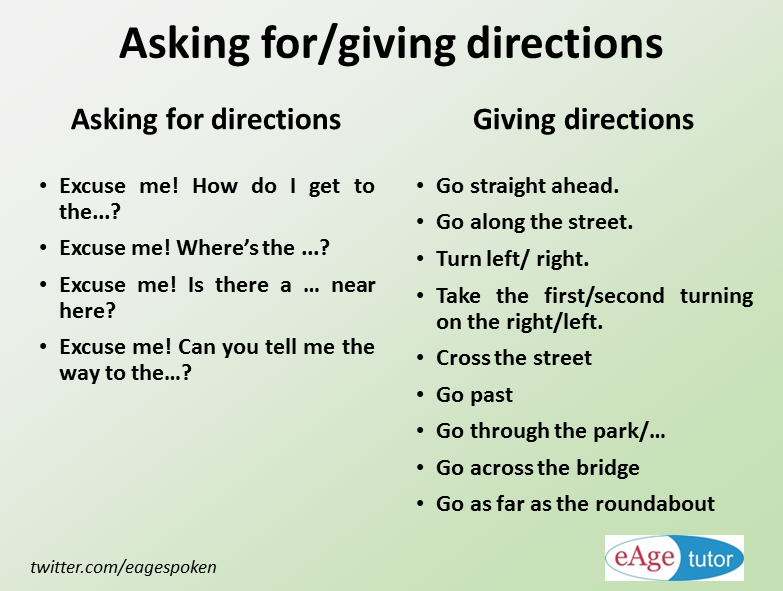 .
.
Share some tips for beginner spotters: what location to choose for filming, whether to go to mass events like MAKS to take good shots, how to navigate the flight schedule, how to spot a rare ship... What to wear for spotting, what food to take, so say, backpack for beginners (food, water, gas spray, machete?)
M.P. It seems to me that a novice photographer should definitely find an experienced mentor who will help him with the development of the shooting process, teach him how to process photos, etc.
A.Sh. As for public events, I always try to attend them: you never know when a good shot will turn up. At MAKS-2015, one day in the morning there was a heavy downpour, and then the sun appeared, and there were huge disruptions from the planes - then the people groaned and groaned from beauty.
MP The schedule of departures / arrivals can always be viewed on the websites of airports. In the same place, you can sometimes detect a rare aircraft. But more often, information about the arrival of a rare aircraft comes not from there, but from acquaintances who work in the aviation industry. Or someone puts information in the public domain.
But more often, information about the arrival of a rare aircraft comes not from there, but from acquaintances who work in the aviation industry. Or someone puts information in the public domain.
As for clothing: in summer, the most important thing is to protect yourself from ticks and sunstroke. In cold seasons, for example, I put on thermal underwear, take gloves, a hat, a scarf, and I always go in warm boots. Everything is exactly the same as on a hike)) Be sure to take hot tea in a thermos with you and eat.
A.Sh. Misha sensibly approaches the question) Personally, I don't have a backpack as such. I would recommend taking a snack with you, such as sandwiches, a bottle of water, a band-aid, a flashlight, a lighter and mosquito repellent (in summer). Of course, an additional memory card and battery. And do not forget about the documents - but this is so, just in case.
About technology:
Are there special courses in aerial photography?
A.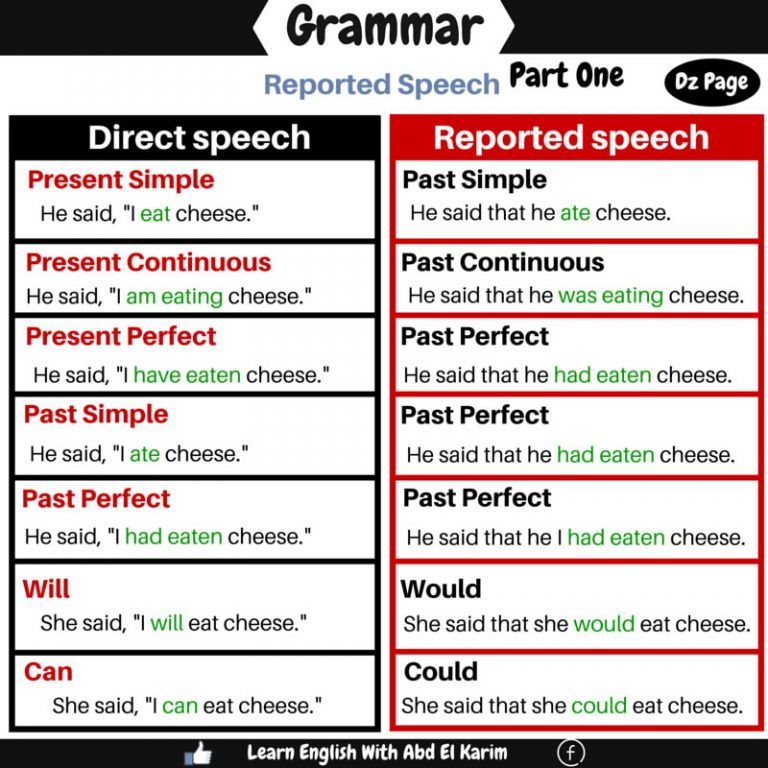 Sh. Did not met. There are articles on various forums with tips, including on photo processing, but it seems to me that you need to come to everything yourself, directly through your personal experience.
Sh. Did not met. There are articles on various forums with tips, including on photo processing, but it seems to me that you need to come to everything yourself, directly through your personal experience.
Do I need to be a professional photographer to take good pictures of airplanes?
MP To take beautiful shots, it is not necessary to have good equipment or a diploma on completing photo courses. I know a lot of aviation photographers and I can say with confidence that the main thing is to have an artistic vision that allows you to choose the right composition, etc.
A.Sh. Probably still a person who takes a SLR with him for the first time will not physically be able to take better photos than a photographer with great experience.
What technique do you use? For which shooting situations, which lenses are suitable?
A.Sh. Currently shooting with Canon 5D mark 3, I have Canon EF 100-400, EF 24-105 and Sigma 12-24 lenses. The first, long-throw, is suitable for almost everything, including ground shooting, except for filming inside the aircraft. I use wide-angle lenses to photograph various scenes related to people and aircraft, as well as salons and cockpits.
The first, long-throw, is suitable for almost everything, including ground shooting, except for filming inside the aircraft. I use wide-angle lenses to photograph various scenes related to people and aircraft, as well as salons and cockpits.
L.P. My set is quite modest. Camera: Sony A-55. Two telephoto lenses: Sony 55-200, Sigma 70-300 and one wide-angle Sony 17-55.
Tell us about the methods of shooting airplanes in flight and static.
A.Sh. When shooting an aircraft in flight, it is preferable to shoot towards the sun, not against it, if there is no inert light. When the sunset comes, I prefer to shoot against the sun, then you get an interesting color scheme. In winter, you can try to shoot the so-called "white belly" - when the sun is shining and the snow reflects this light on the "belly" of the aircraft, it turns out quite beautifully. There is also a "close-up" technique, when the photographer deliberately "cuts off" the wings of the aircraft, making the aircraft closer to the viewer.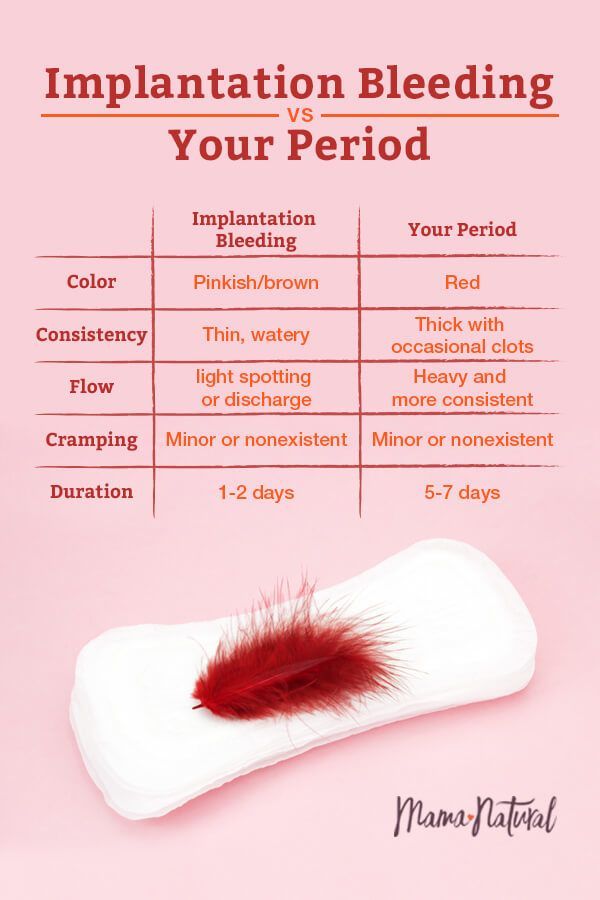
In general, I do not recommend shooting planes just sideways, especially in an empty sky, this is considered not the most creative angle. On landing, you can try to "wire" - set a relatively long shutter speed (1/50 for large aircraft and somewhere around 1/80 for fighters) and fly the plane with the lens, then the background will be blurred, and the plane itself will remain sharp - it looks very impressive .
It is good manners to lubricate the blades of a helicopter or propeller-driven aircraft.
As for statics, there is already complete freedom of thought. I prefer to shoot planes at a very wide angle, especially if the light is beautiful.
How to photograph airplanes at night? Are there 100% winning positions for shooting aircraft on static?
M.P. I would divide night photography into two types: static and dynamic.
In principle, with a tripod, you won't have any problems shooting static subjects. You can also use a monopod for image stabilization.
If you don't have a tripod, it will be more difficult, because the shooting is at a slow shutter speed, and the success of the shot will depend on the smoothness of your hands. It is also worth noting that at night you have to set a high ISO (sensitivity).
How and where to process photos?
A.Sh. H Most often, photos are processed in Photoshop or Lightroom. The minimum spotter processing is cropping, photo resizing (the most optimal resolution for beginners is 1024x683 pixels).
Then comes the work with color - add contrast, correct white balance, make noise reduction and increase sharpness.
MP For novice photographers, I would recommend some very useful plugins for Photoshop: Nik Collection Sharpener Pro (for sharpening photos) and Topaz DeNoise (for noise reduction). For original artistic processing, I use plugins from Nik Collection: Analog Efex Pro, Color Efex Pro, etc.
Do you need a walkie-talkie?
MP Let's just say that a device for listening to aviation frequencies will not be superfluous. )
)
About aviation:
Are you well versed in modern aviation and aircraft construction?
A.Sh. I think it's quite good. Now I am studying at the Moscow Aviation Institute as an interpreter, so knowledge of the basics of aircraft construction is a must for me.
MP I read a lot of aviation literature, biographies of test pilots, designers and people who have connected their lives with aviation. At one time, I had a chance to study the basics of aircraft design: to understand what it consists of, why it flies. Now I follow blogs, networks of active military pilots - interesting ..
What can you say about modern civil courts?
M.P. I can't rate it from a technical point of view, but externally our SSJ100 aircraft is undoubtedly very beautiful. I quite often shoot it "behind the fence". To be honest, I'm glad that the designers managed to create a competitive machine for the civil aircraft market.
MS-21 should be a breakthrough for Russian civil aviation, if not already. The technologies used on the MS-21 are the first to be used on Russian-made passenger aircraft on such a scale. These are, first of all, composite materials. Composites make it possible to lighten the weight of the aircraft, which, accordingly, affects its flight characteristics. At the moment, the latest PD-14 engine is undergoing flight tests, which is planned to be installed on the MS-21 in the future. Therefore, I believe that this machine should secure the status of an excellent aircraft. I hope that in the near future our pilots will rate this aircraft as “excellent”!
How do you feel about Russian military aircraft?
M.P. I am very proud of our combat aviation. Since Soviet times, it has been considered one of the best. There were hard times, but now the defense industry has begun to gain momentum again, which, of course, causes great pride in our country. It would be more correct to judge military equipment by its effectiveness in combat conditions. .
.
I can only say about its appearance after watching demonstration flights and displays of military equipment. Of course, when you watch aerobatics, for example, the Su-35S, sometimes you just don’t understand how it can perform such maneuvers in the sky…
A.Sh. Well, yes .. my father is a former military man, now he works in the Kamov Design Bureau and speaks with enthusiasm about the Ka-52. In response, with similar enthusiasm, I tell him about the Su-34 fighter, I like it very much.
Do you know military pilots?
A.Sh. Yes, I know several military pilots and technicians who work on different types of aircraft. They are all very sincere guys - sometimes they tell such stories - even stand, even fall.
MP Probably everyone who is truly passionate about the sky has such acquaintances.. I was also lucky with this.)
Are there any iconic people in aviation for you?
M.P. Perhaps, I can answer this question for a very long time) I love the history of our domestic aviation, so I can single out quite a lot of iconic people.

